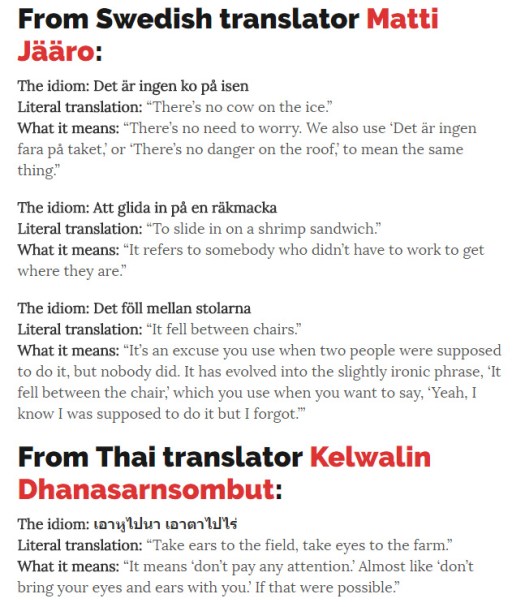Stock photos have always made me giggle a bit. I think that’s why I fell in love with My Imaginary Well-Dressed Toddler Quinoa (I’ve included an example below in case you are not yet familiar with Tiffany Beveridge’s Pinterest wit):
Yet when I first started blogging, I found myself using them because, well, isn’t that what bloggers do?
Thankfully, that ended the day it finally dawned on me that, at best, they were doing nothing for the meaning I wanted to convey (and at worst, they were a possible detraction). This revelation had me ready to ditch featured images in general.
Fortunately, that was around the time I also discovered Death To The Stock Photo, a company committed to sharing high quality, artistic images.
I was immediately impressed. Though (because?) there were no shots of smiling students raising their hands, I sensed an opportunity.
My initial thought was that using these photos would enhance the general aesthetic of the blog. That certainly was an instant effect.
But over time, I realized that something more was happening. I had gone from thinking that posts about classrooms/students required images of classrooms/students, to realizing that when I featured an image that I found genuinely inspiring, it matters.
It matters because it makes me think about making connections that are less obvious (such as this image of a tool display to go along with my post on curation).
It matters because it makes me wonder. Unlike stock photos, each of these images clearly tell a story, and I love imagining what those stories might be (like the image below that I used for a post on refugees).
And it matters because it makes me feel. The photos are no longer filler. They have real soul and significance and authenticity (I really loved selecting this image from the “Tactile” photopack for my post on helping students discover more personal meaning).
All of this makes me consider how we go about teaching and learning.
Are there any practices we do arbitrarily?
Are there ways we can dig deeper to get away from practices that feel too obvious and spoon-fed?
Are there ways we can use passion and creativity to invite rather than push learning more often?
Can we turn more often to sources that make us think, wonder, and feel?
featured image: DeathToTheStockPhoto



























